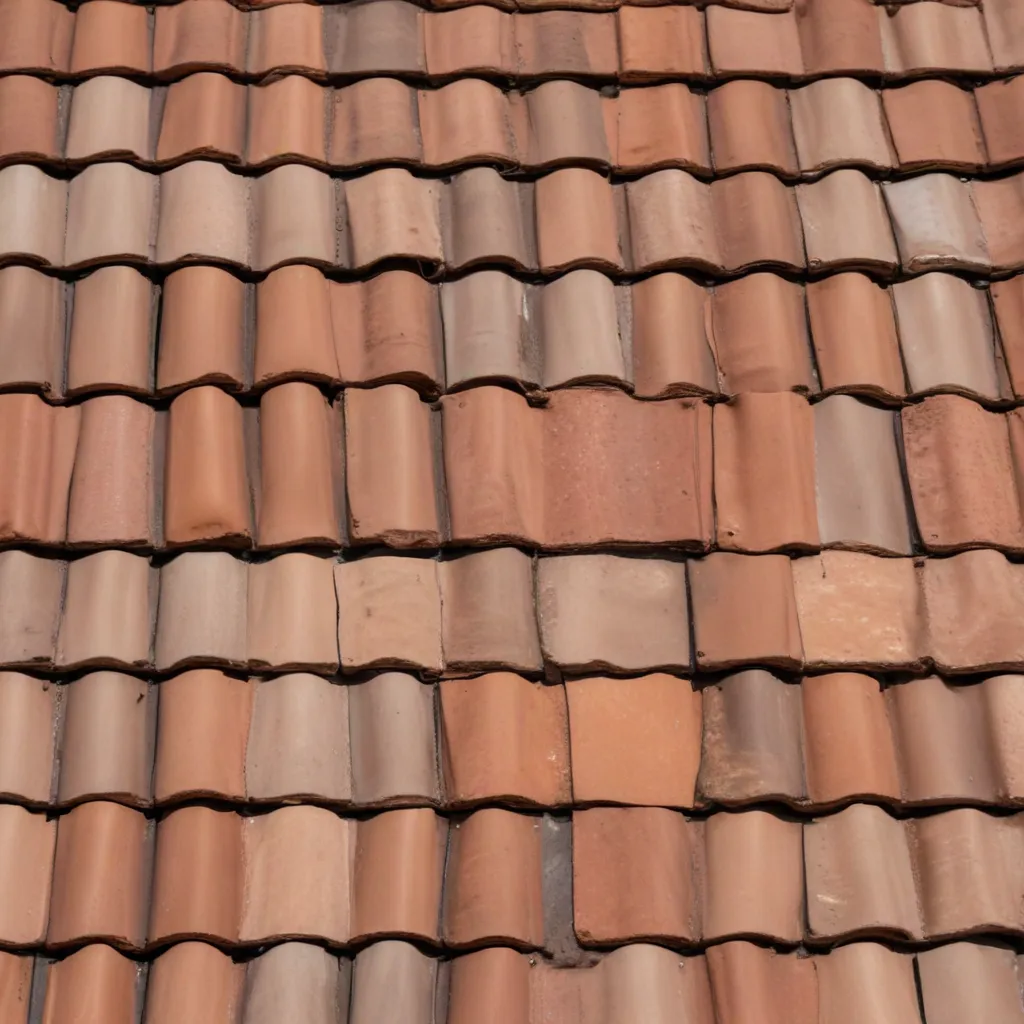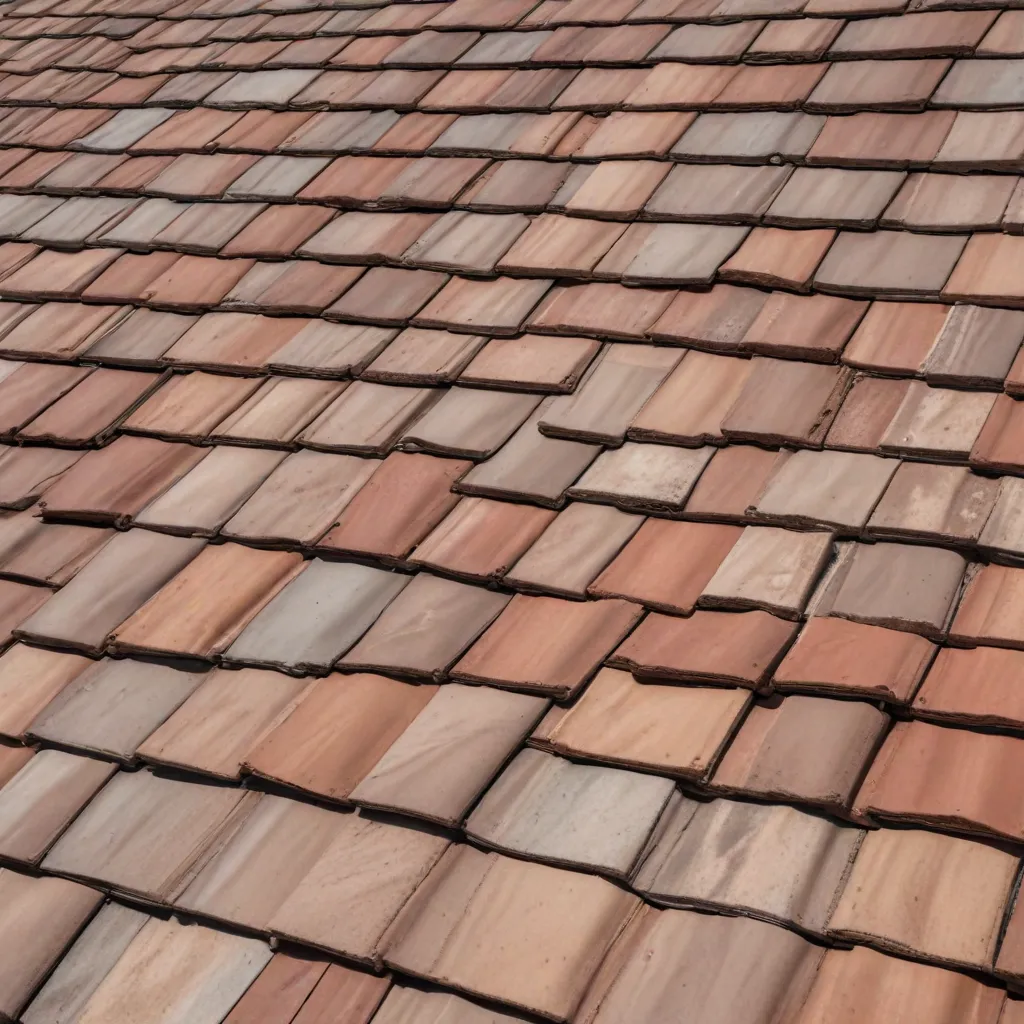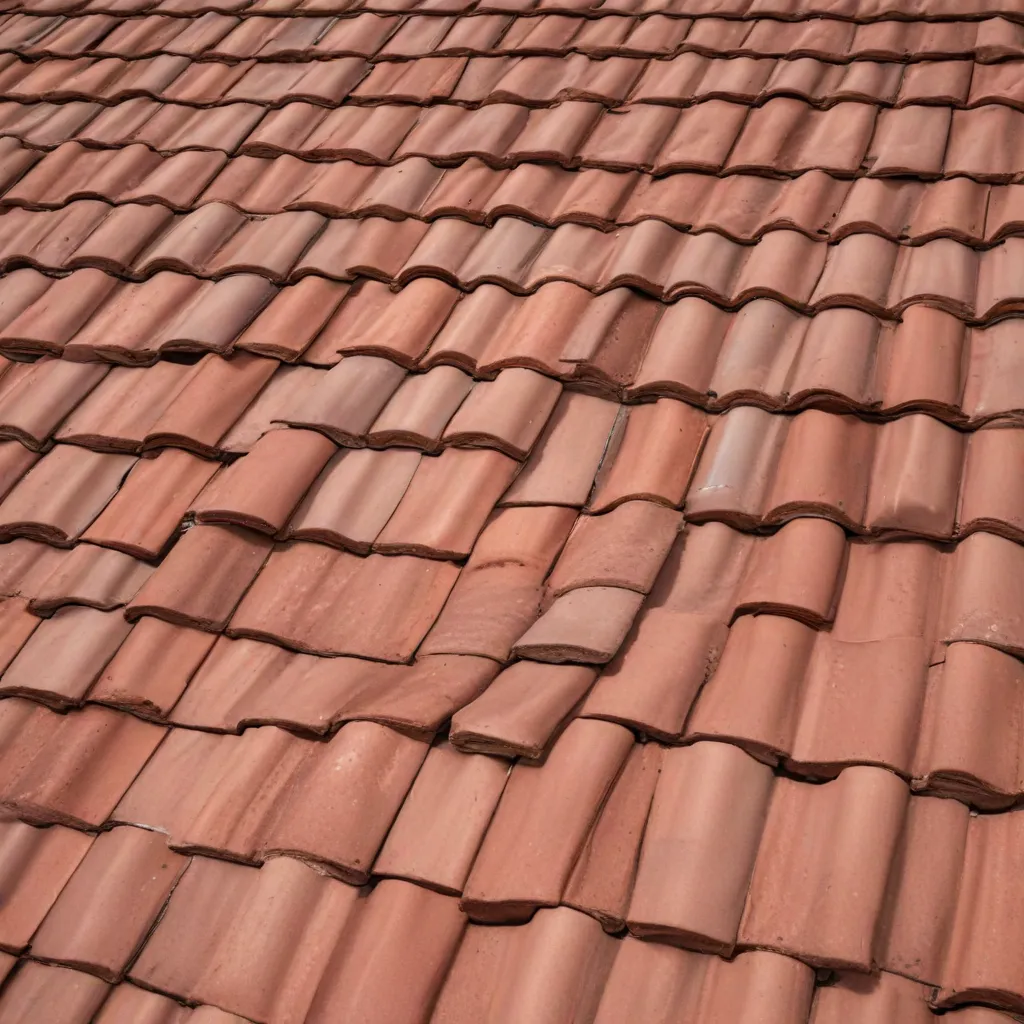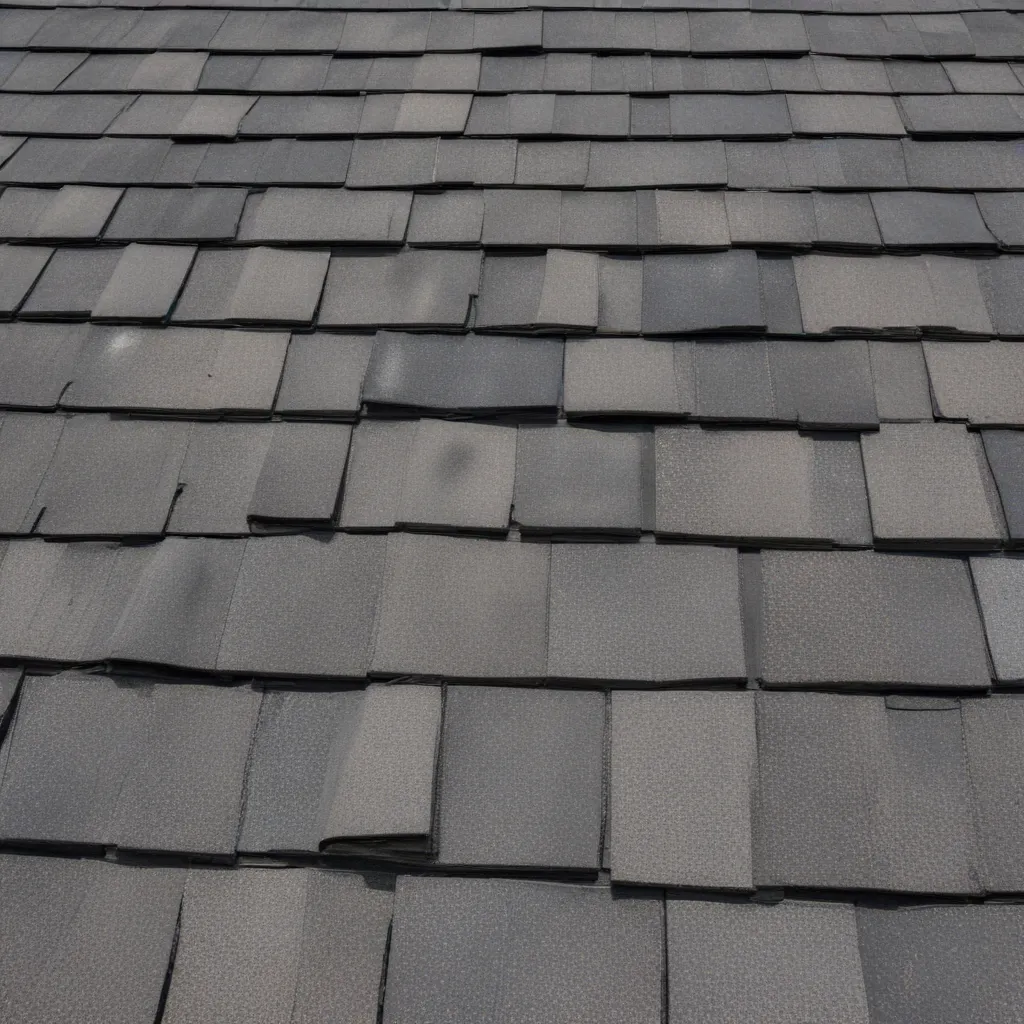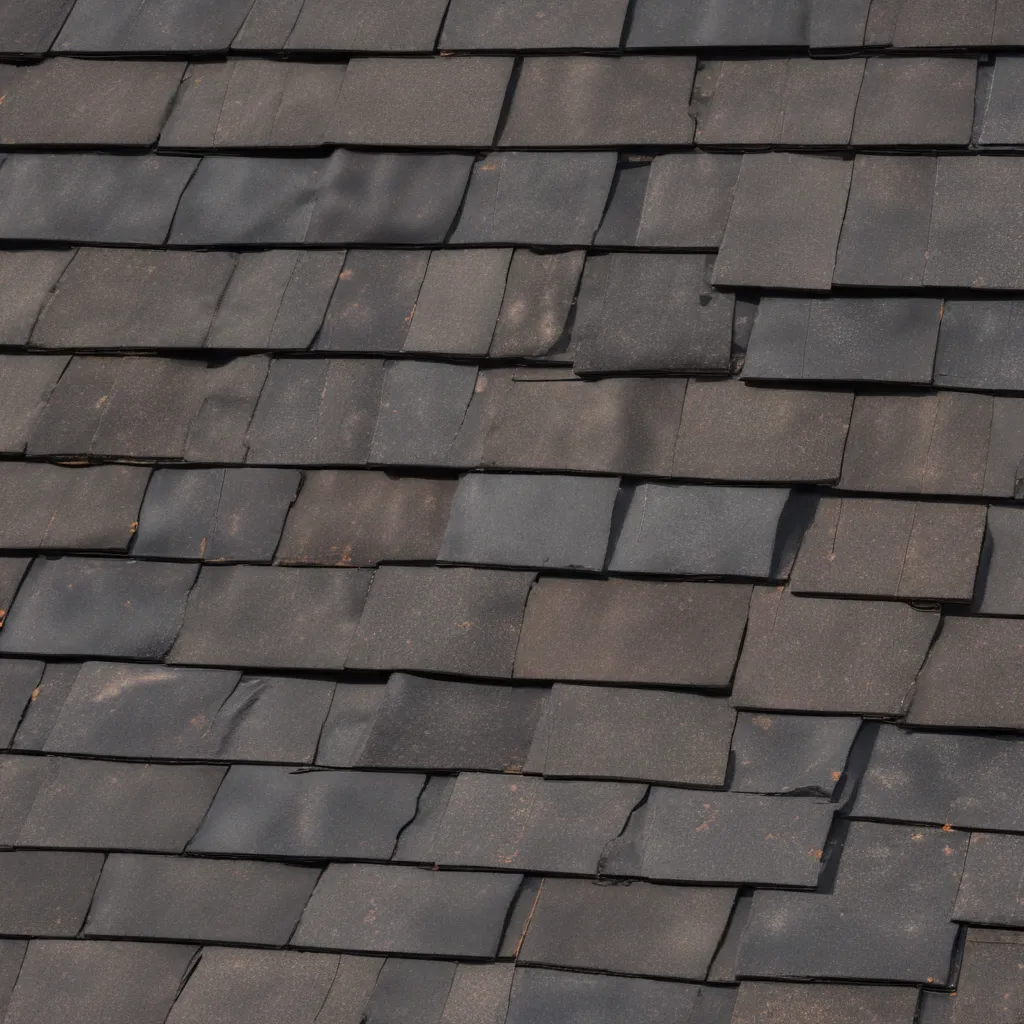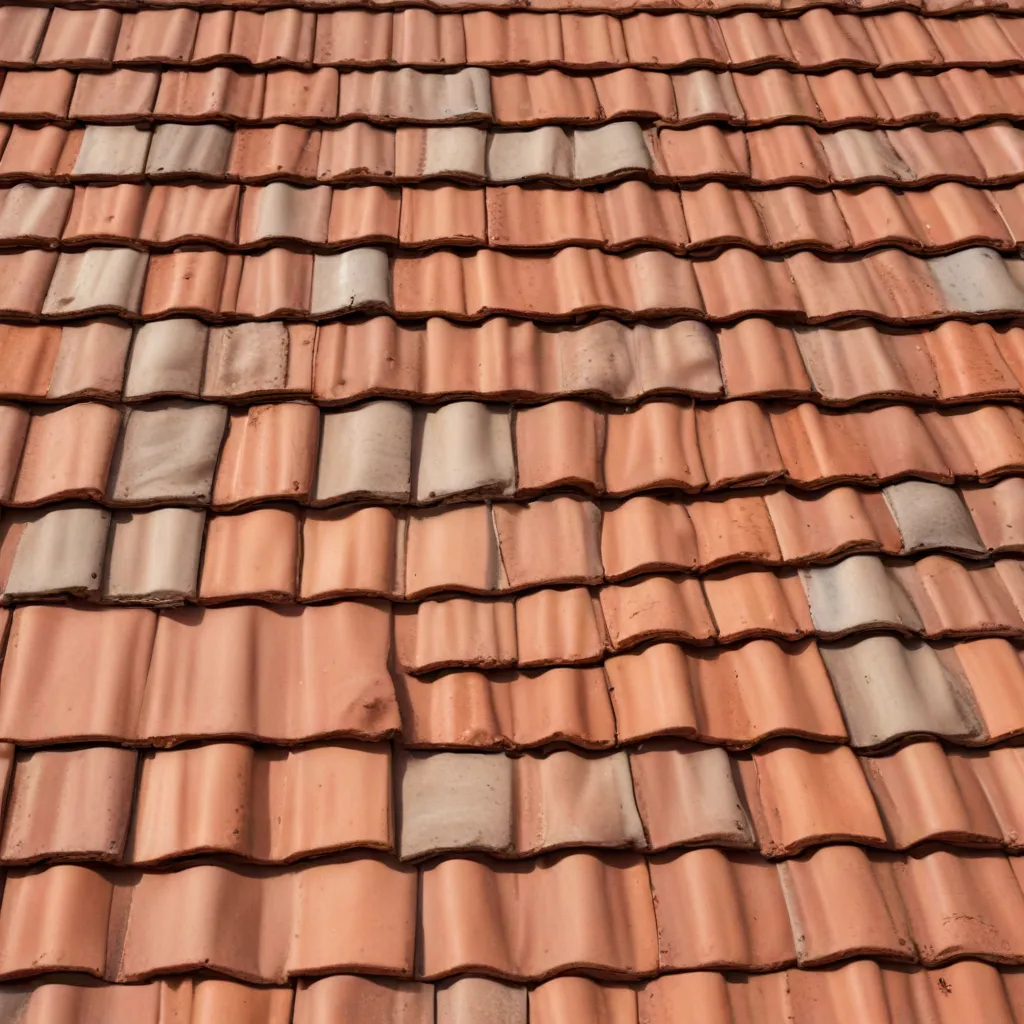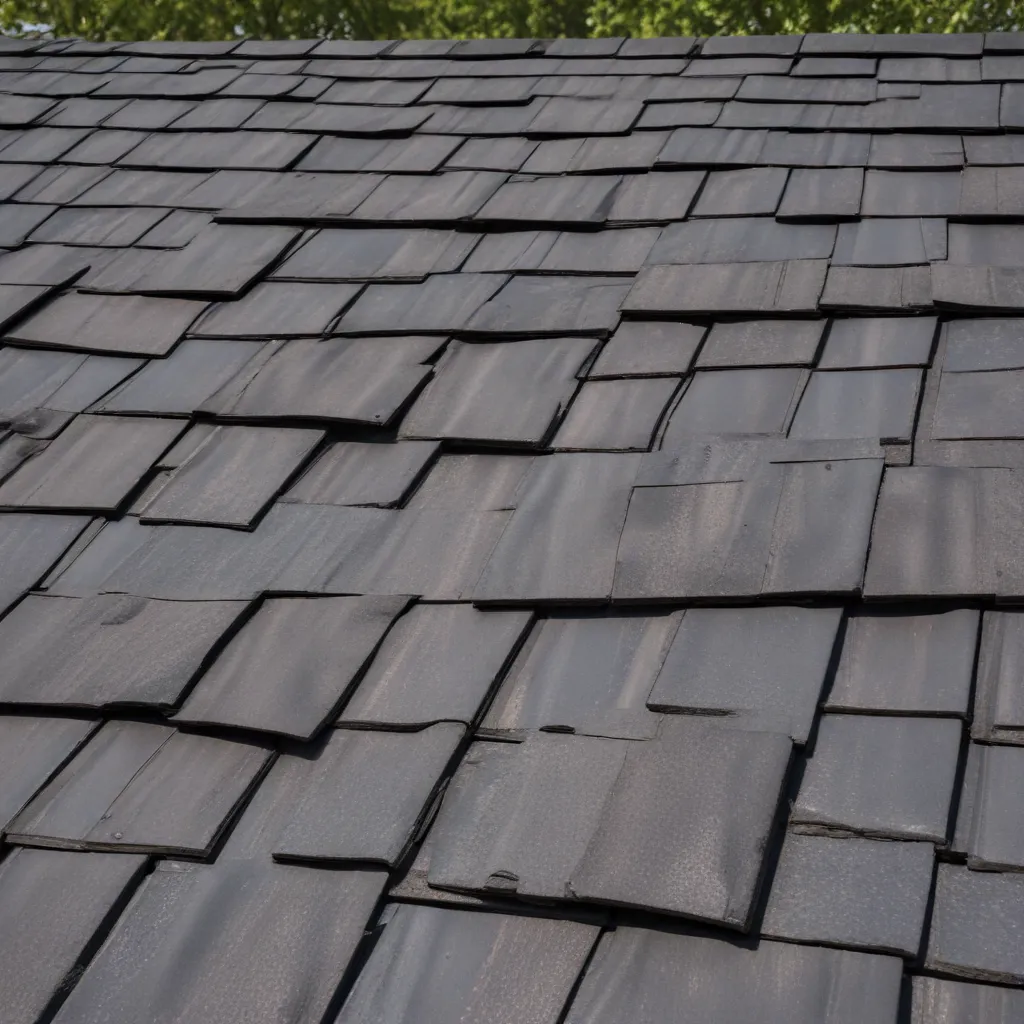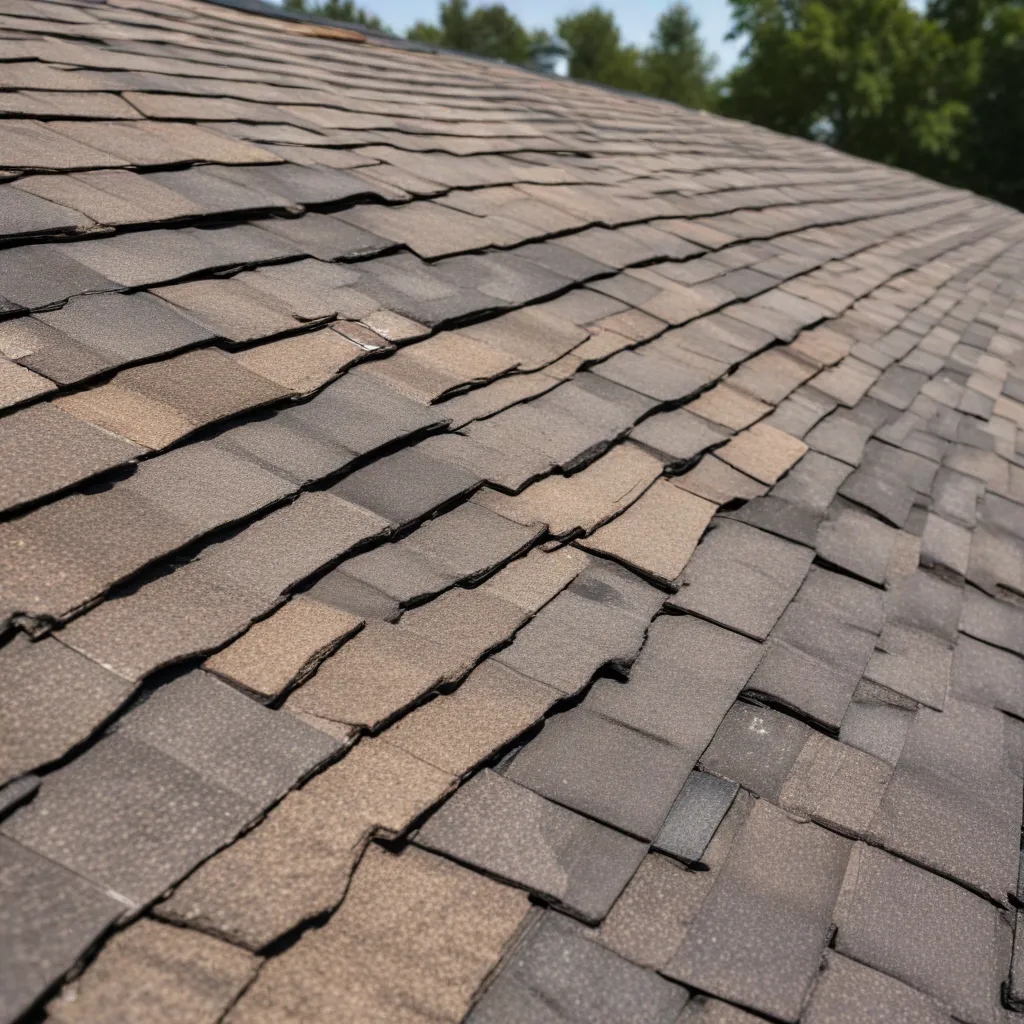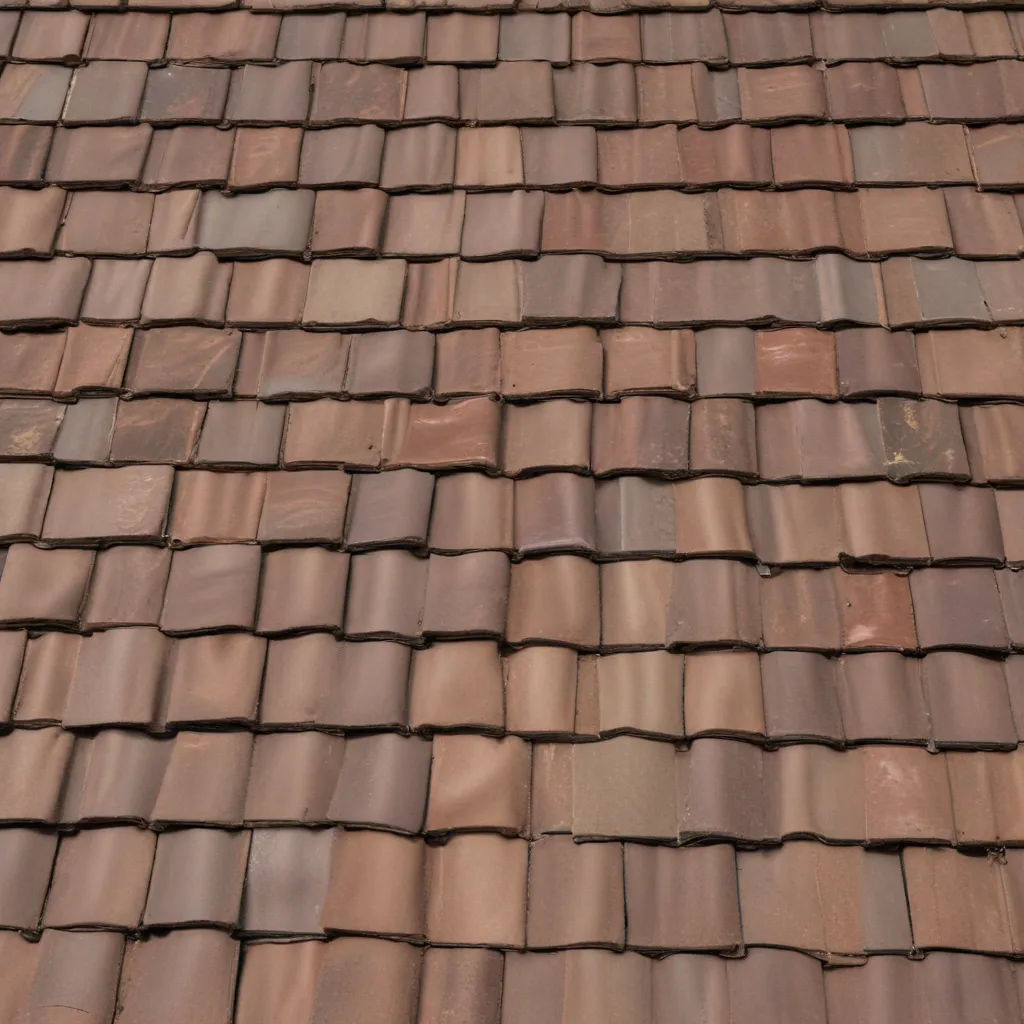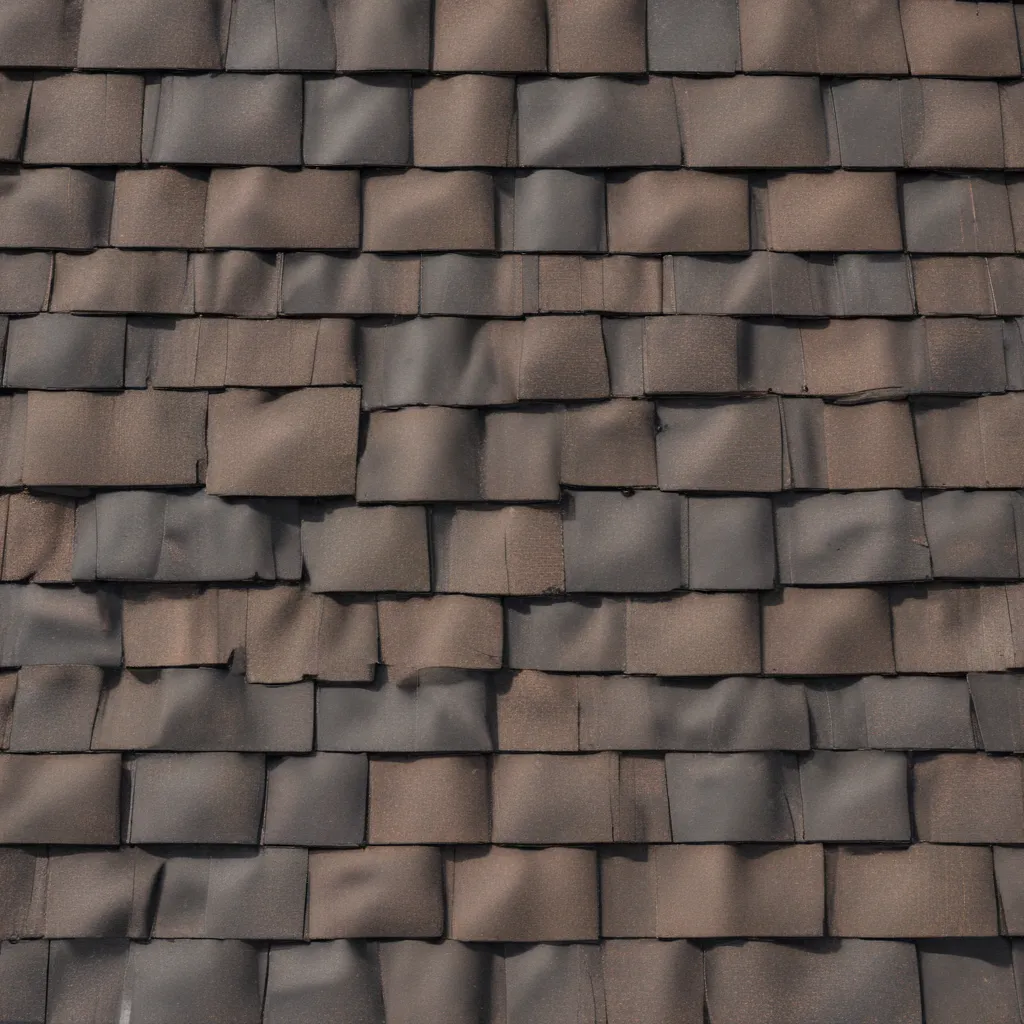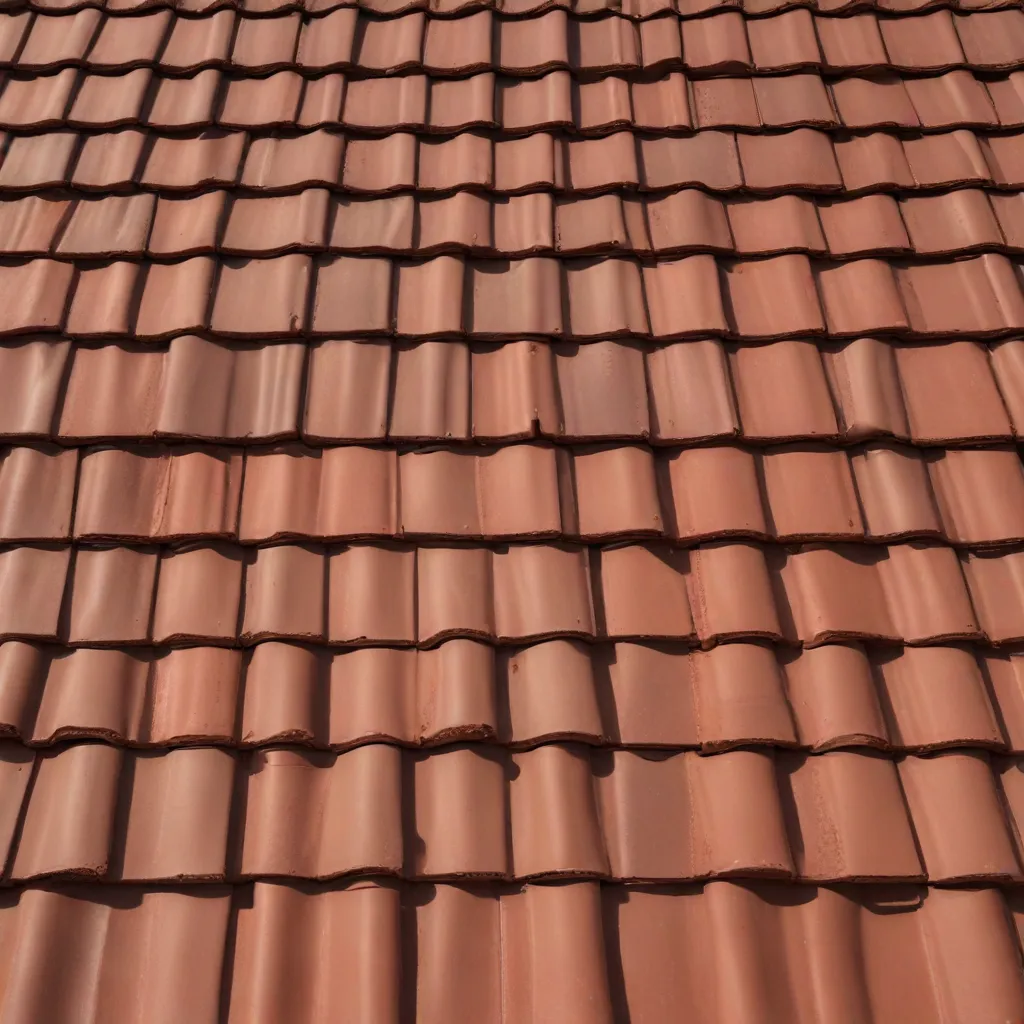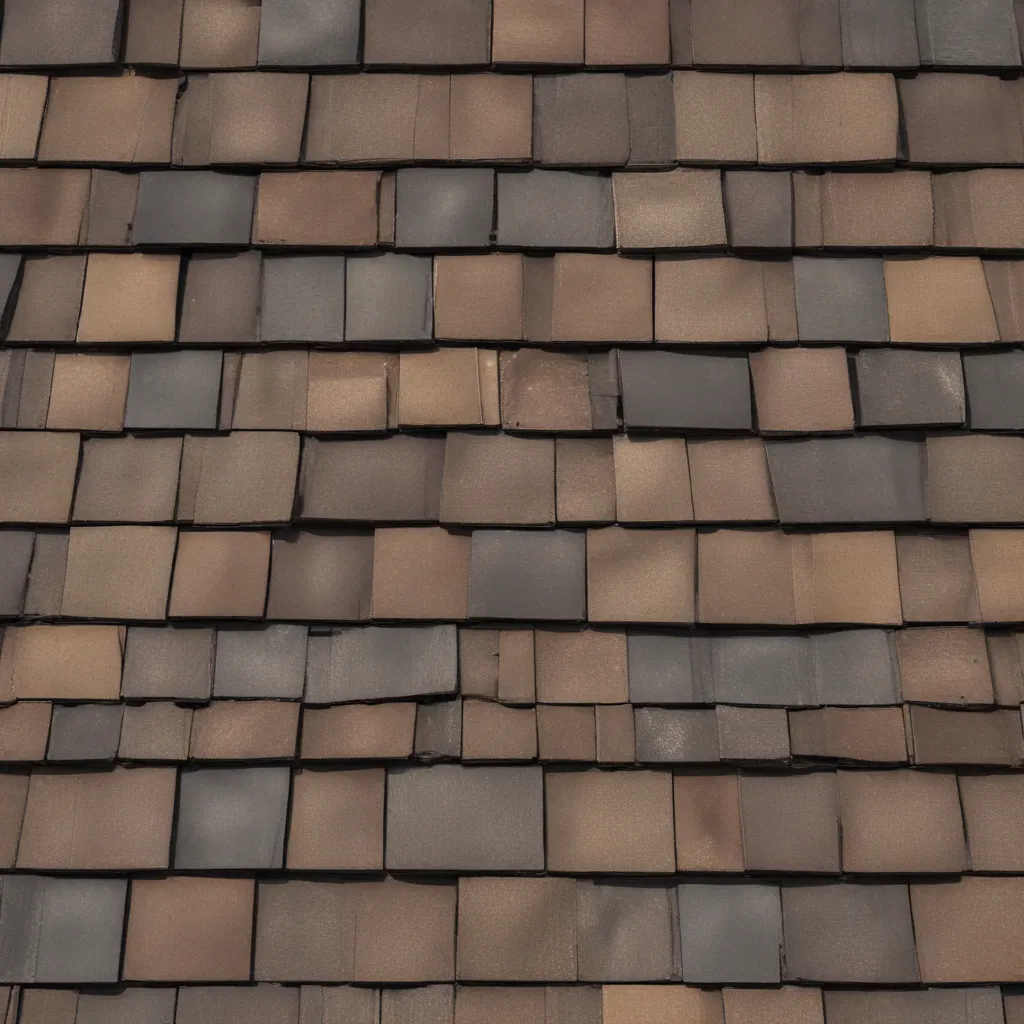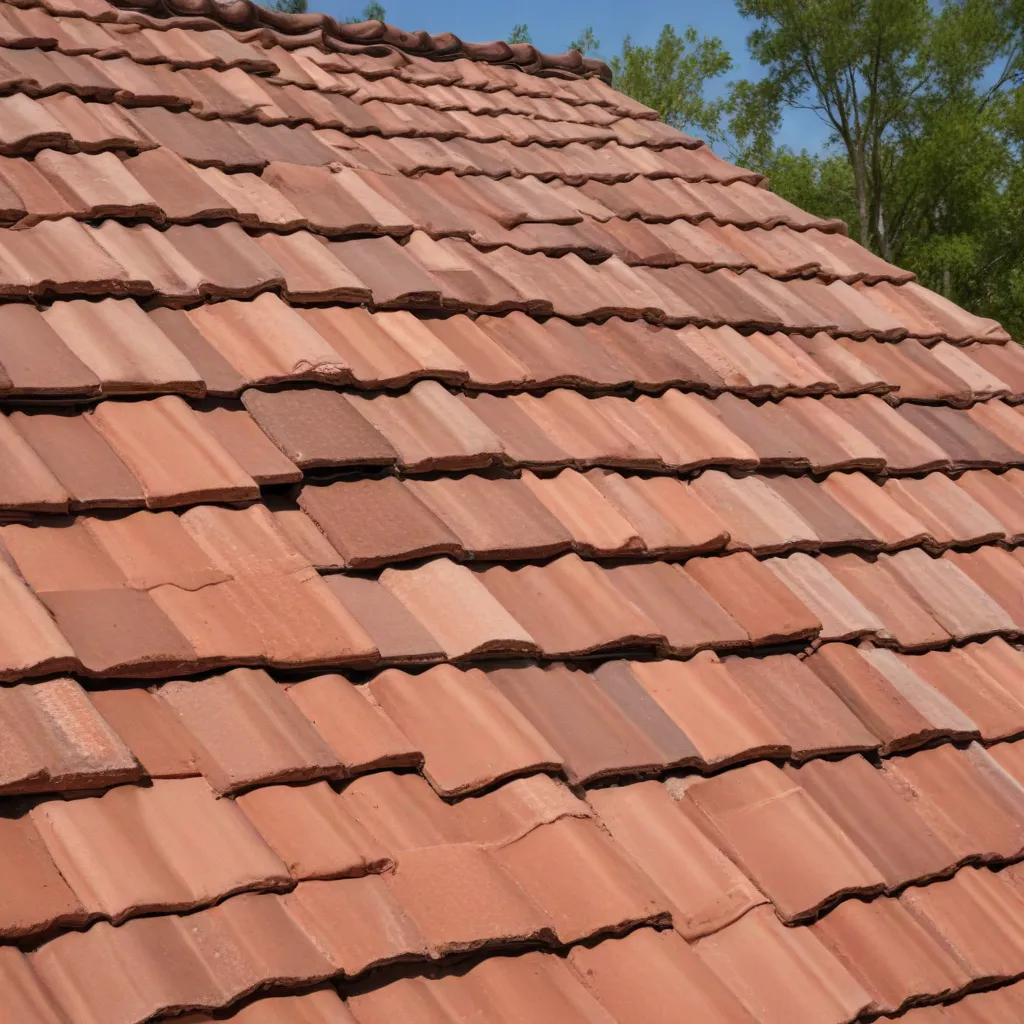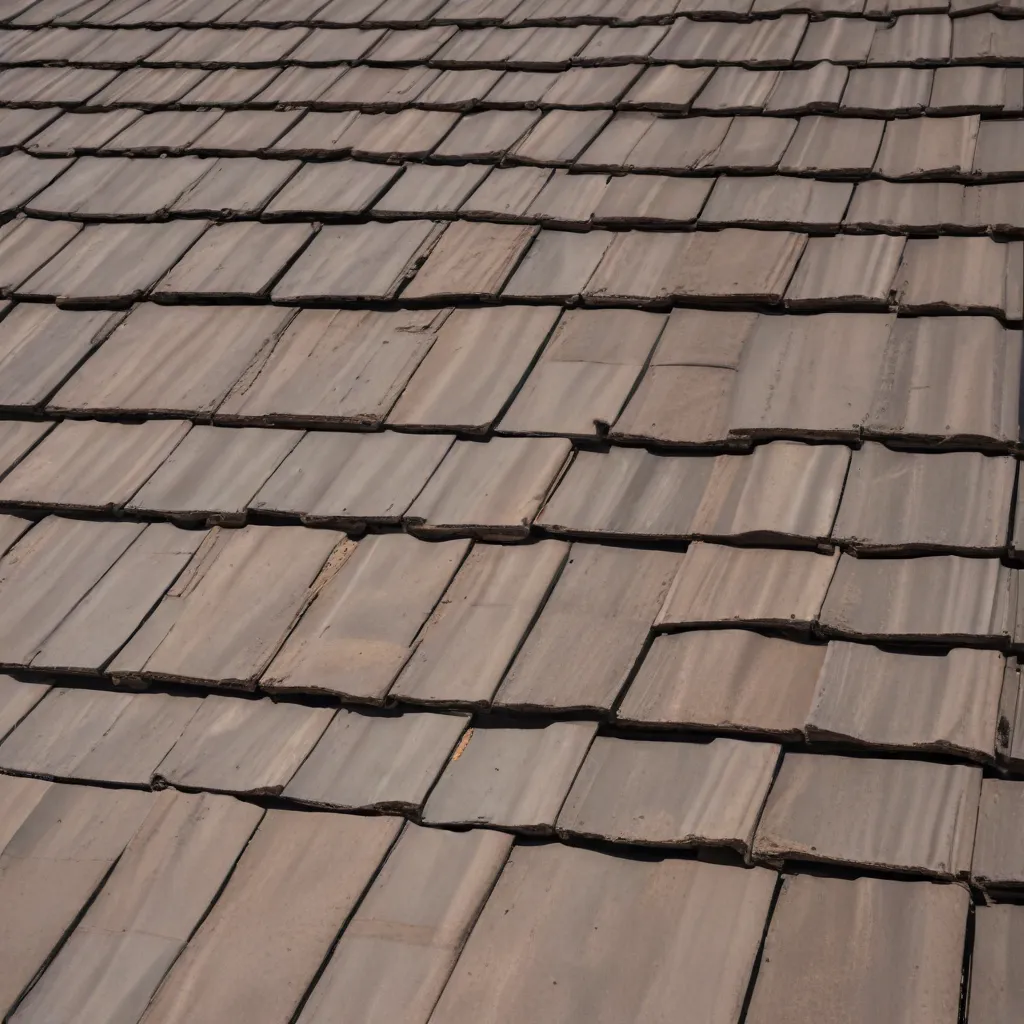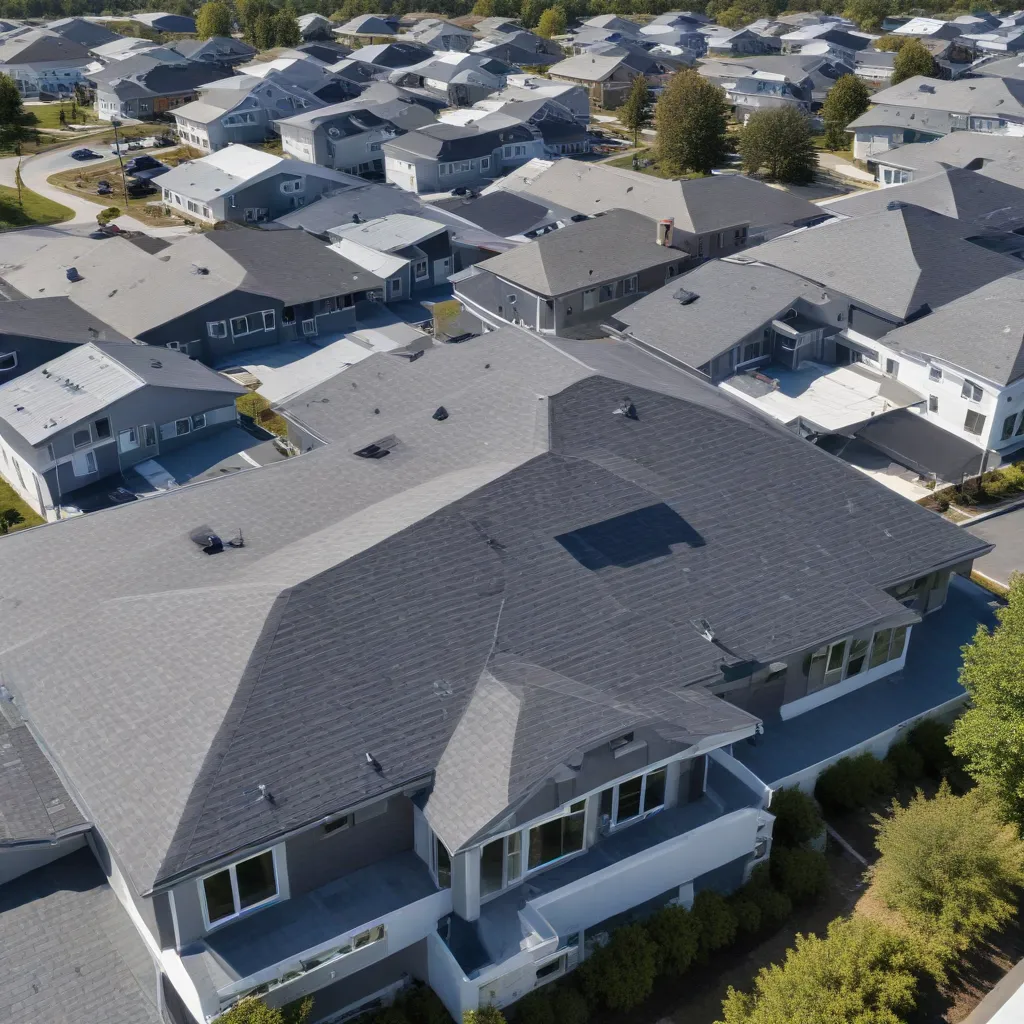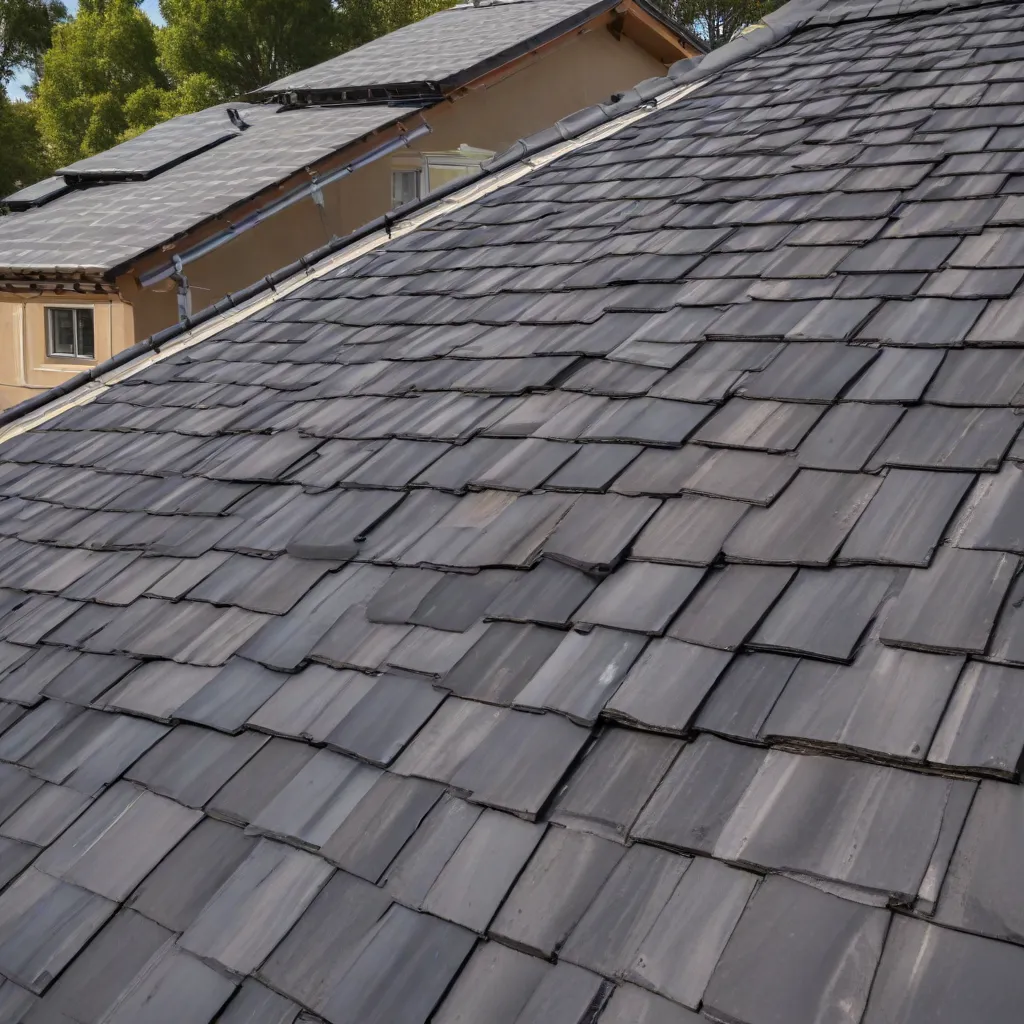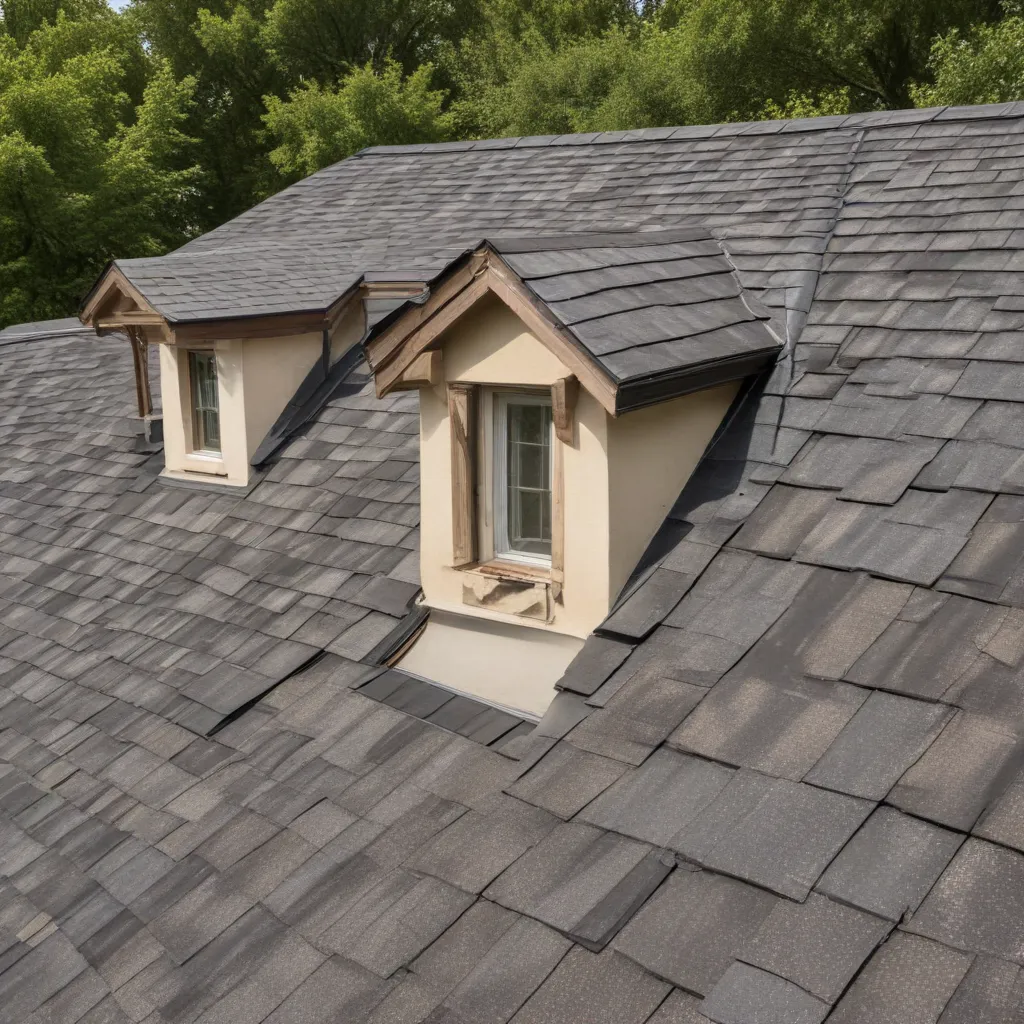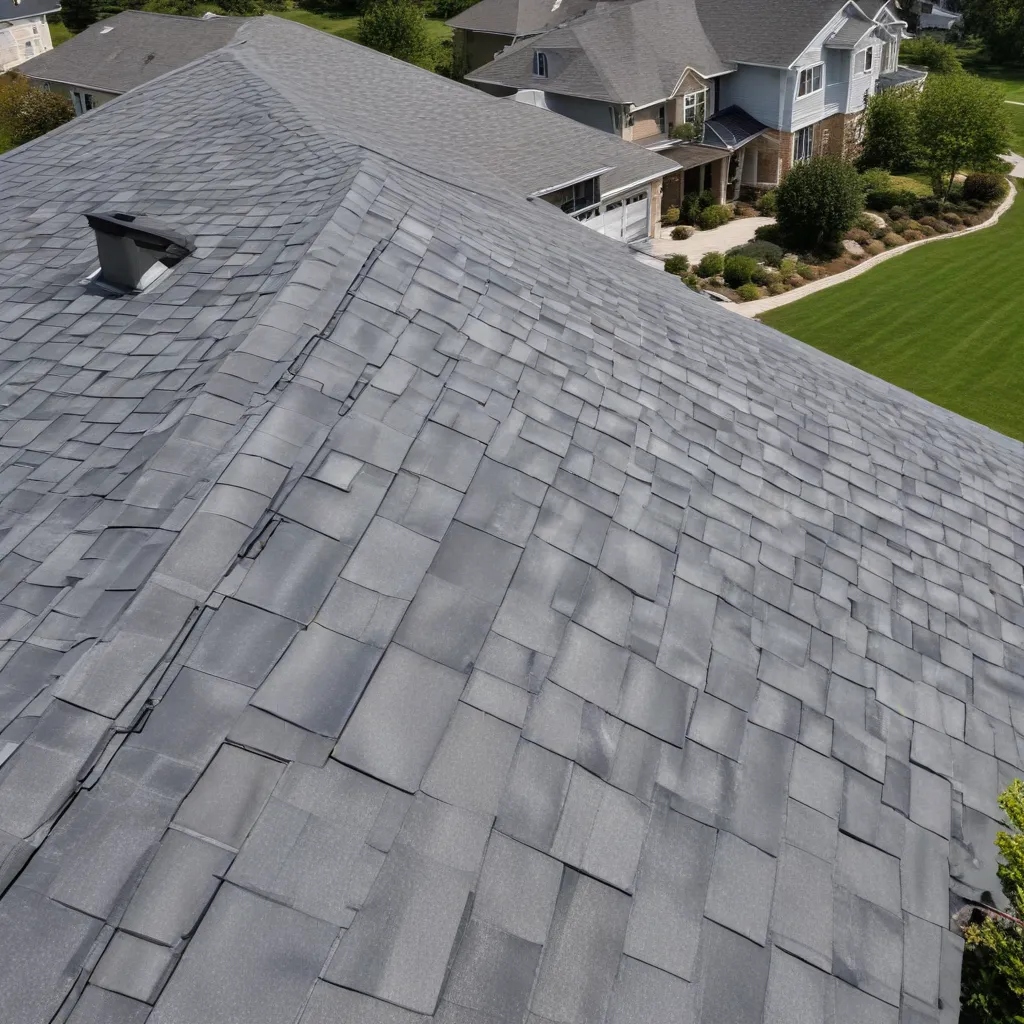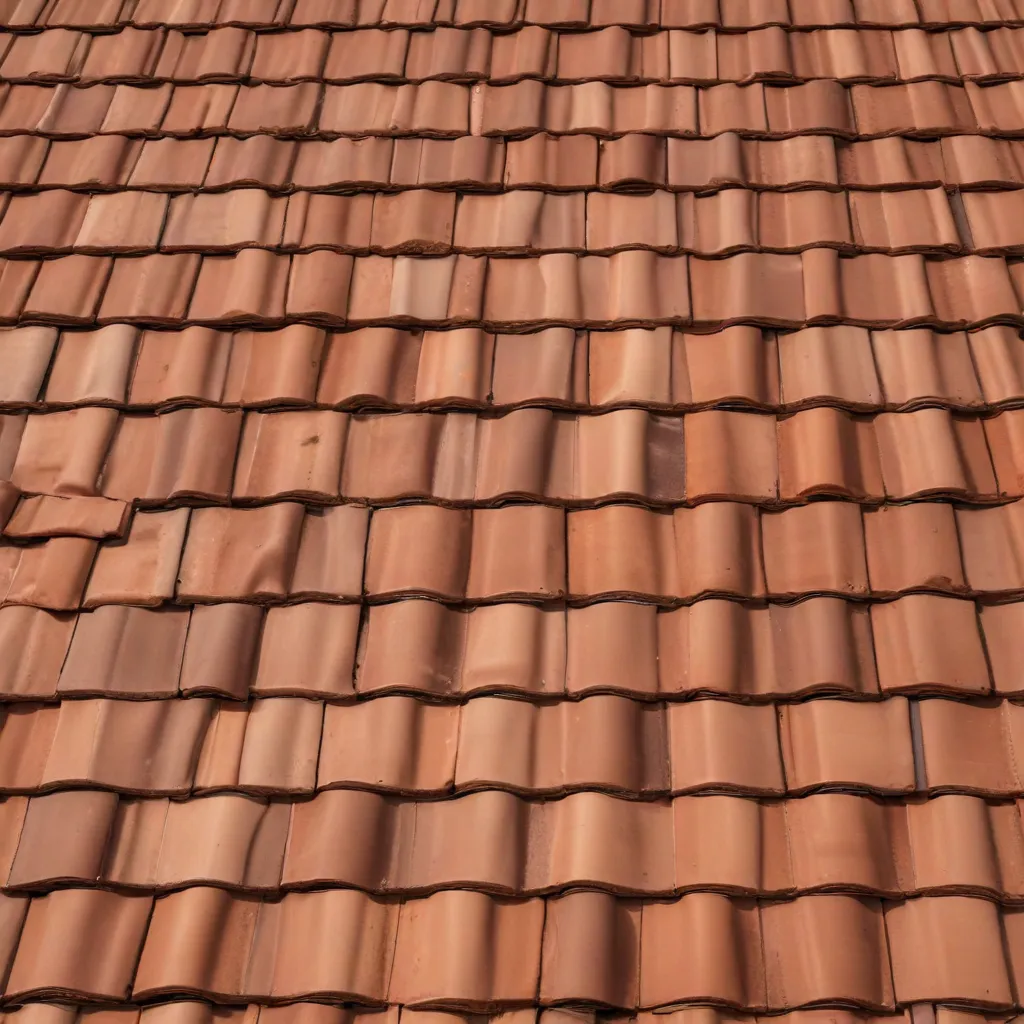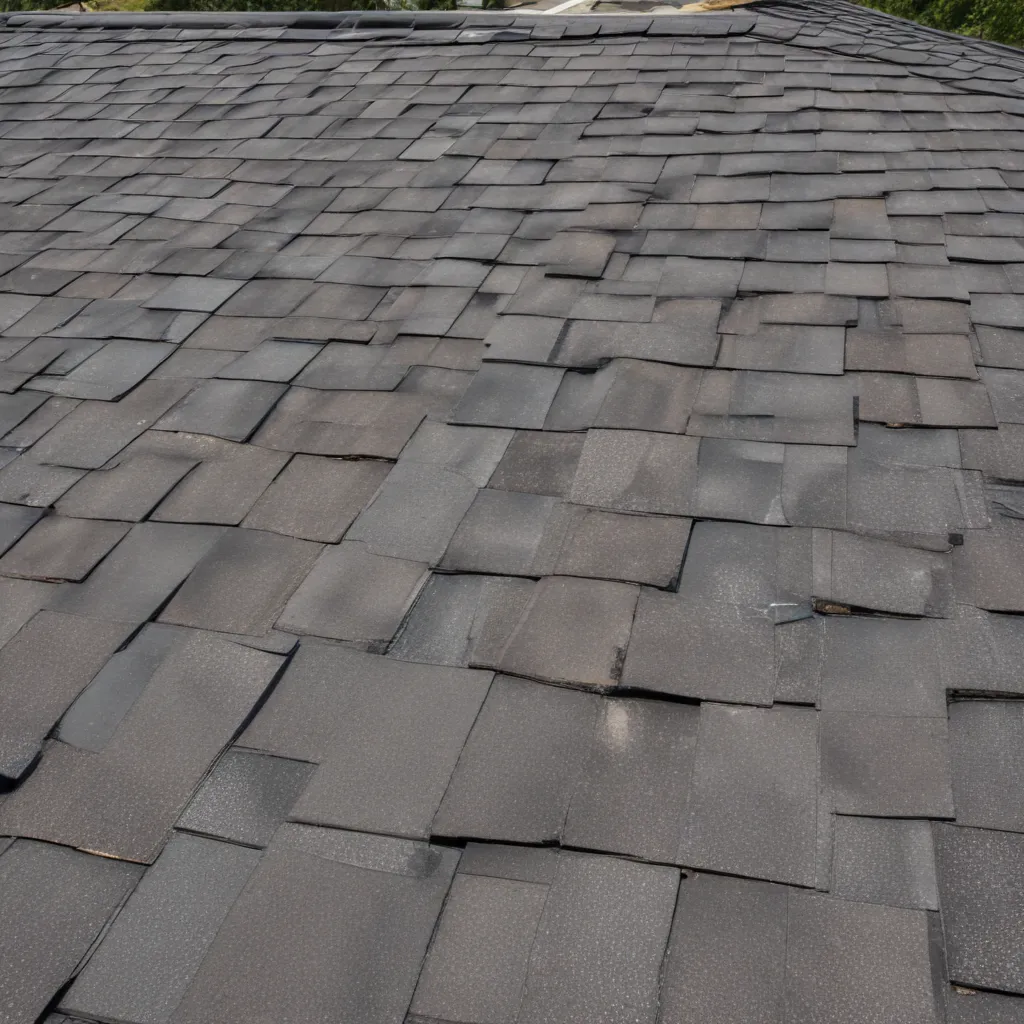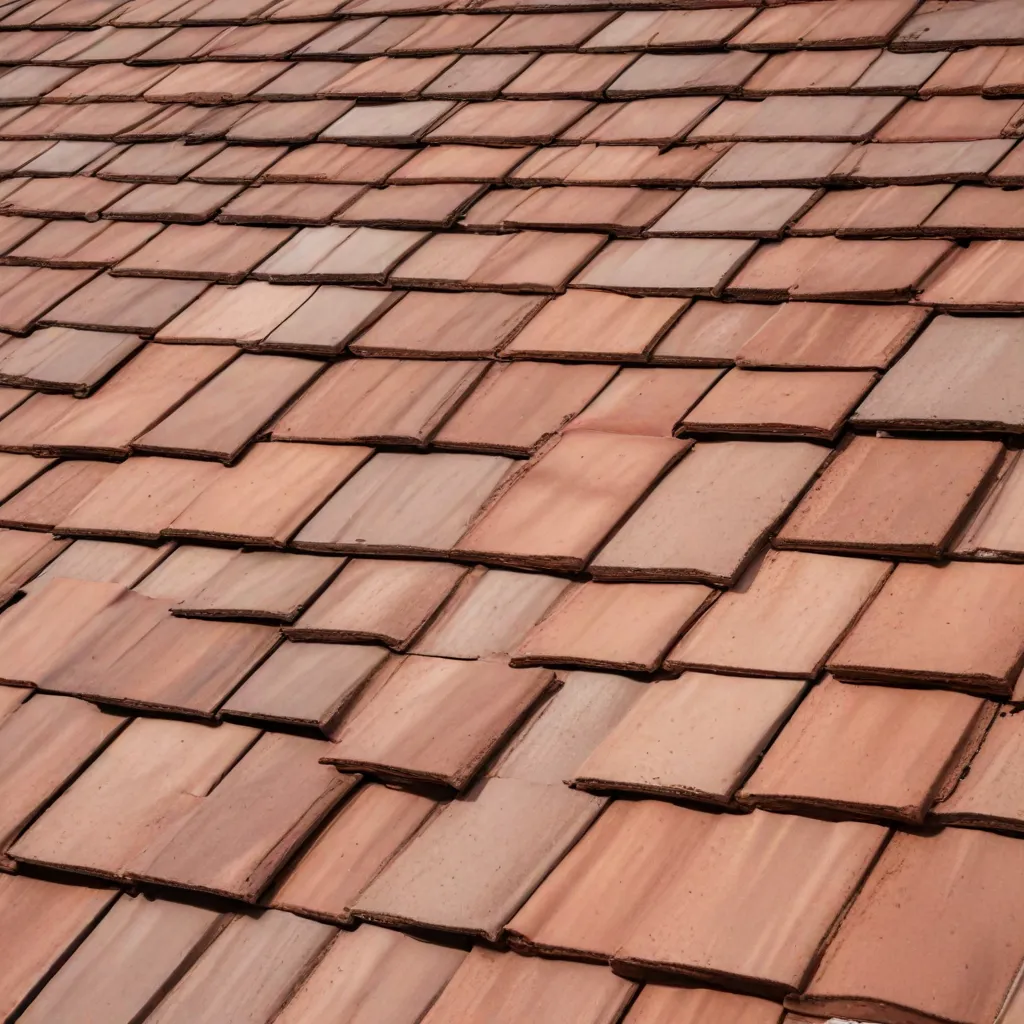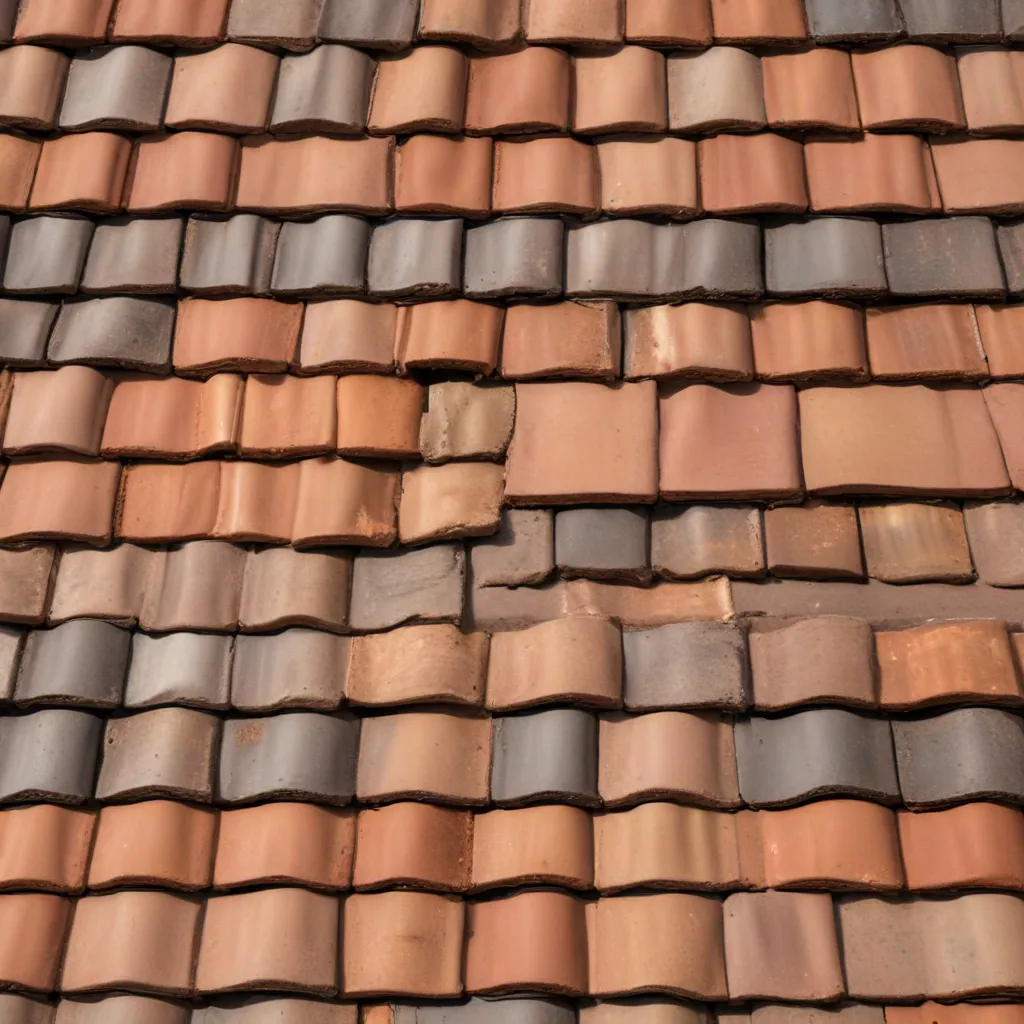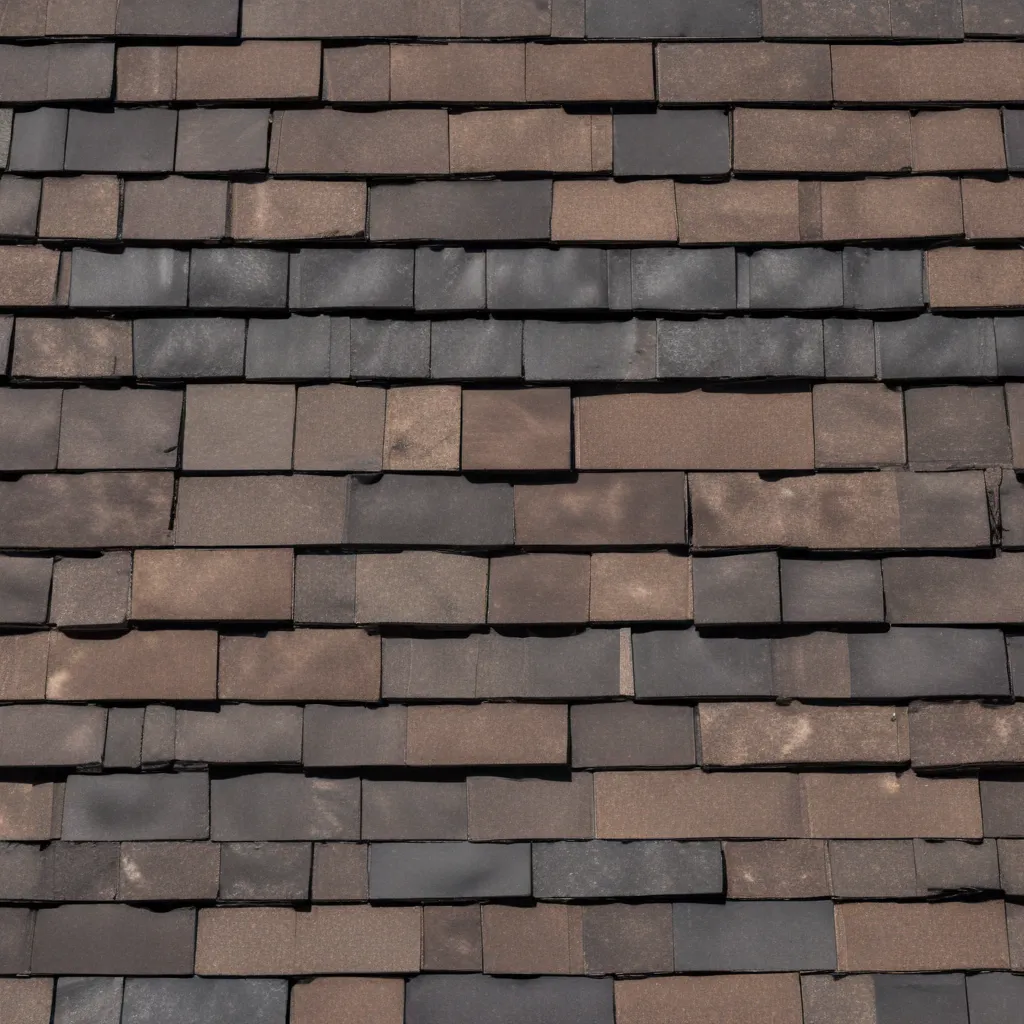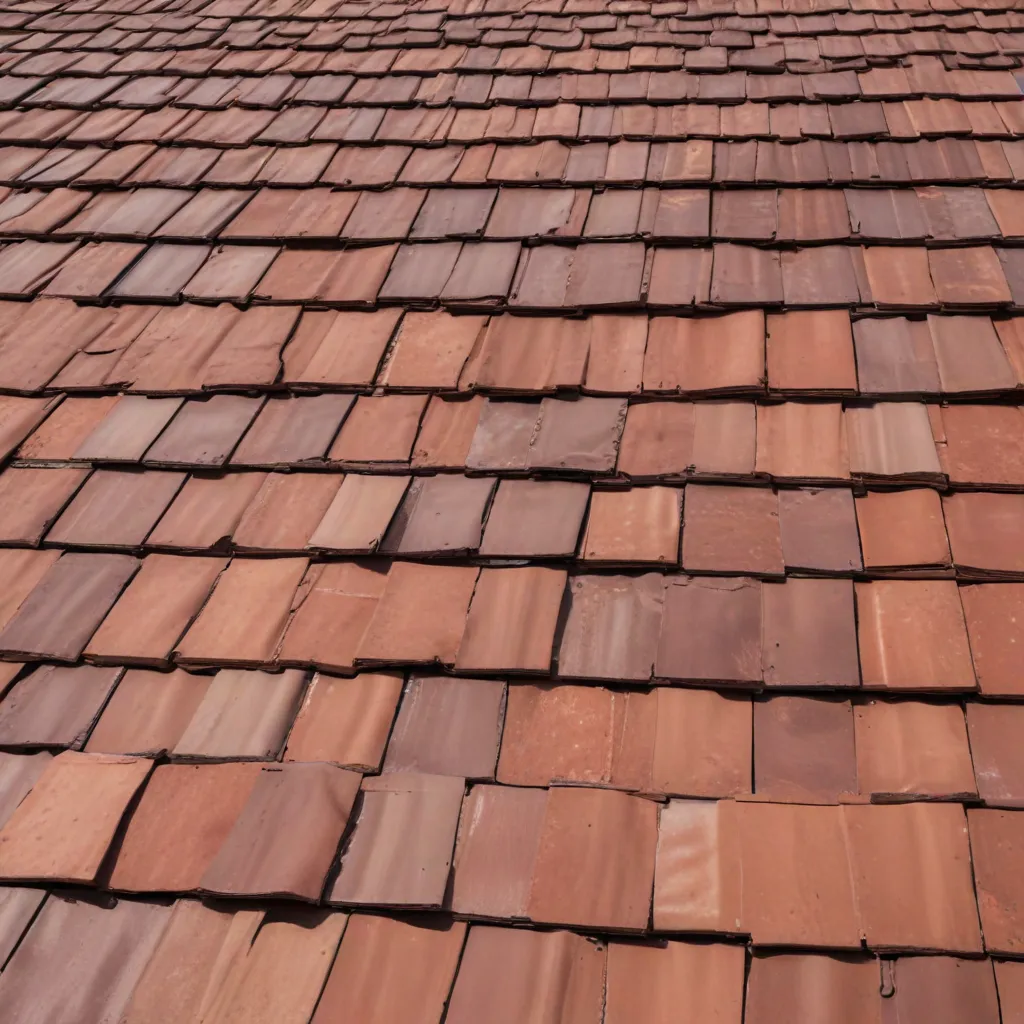Welcome to our comprehensive guide on protecting your home from the damaging effects of UV rays with the use of sun-reflecting roofing materials. In this article, we will explore the importance of shielding your home from UV radiation, the various types of sun-reflecting roofing materials available, their benefits, and how they can help you maintain a comfortable and energy-efficient living space. By the end of this guide, you’ll have a clear understanding of how to choose the right roofing material that not only protects your home but also enhances its overall appeal.
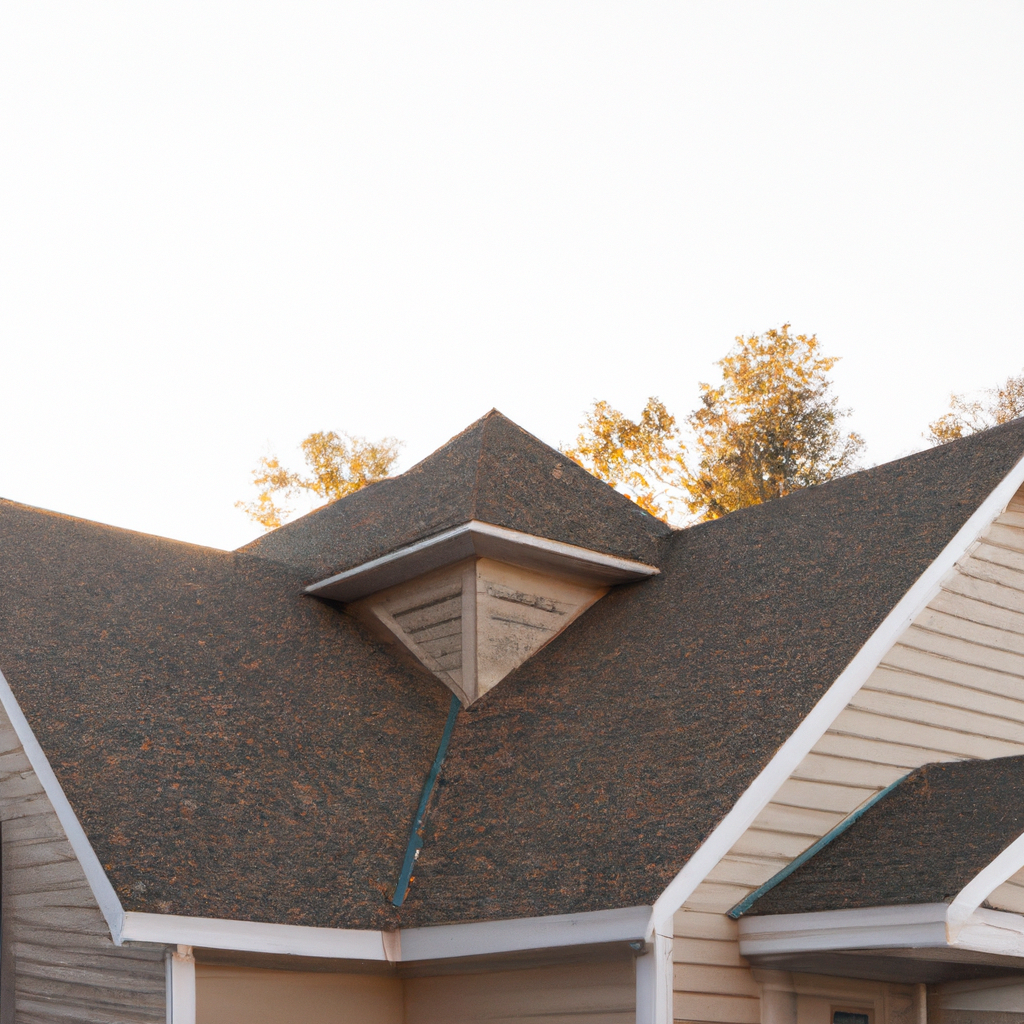
The Dangers of UV Damage
UV radiation from the sun poses several risks to your home and its occupants. Prolonged exposure to UV rays can cause fading and discoloration of interior furnishings, such as carpets, furniture, and artwork. Additionally, UV radiation can penetrate through windows and affect the skin, leading to premature aging and an increased risk of skin cancer. Moreover, excessive heat absorption due to inadequate roofing materials can result in higher cooling costs and discomfort within your living space.
Understanding Sun-Reflecting Roofing Materials
Sun-reflecting roofing materials, also known as cool roofs, are designed to reflect a significant amount of the sun’s heat and radiation away from the building. These innovative roofing solutions are specifically engineered to provide excellent protection against UV damage while keeping your home cool and comfortable. By reducing the amount of heat absorbed by the roof, sun-reflecting roofing materials help lower indoor temperatures, minimize energy consumption, and extend the lifespan of your roof.
Types of Sun-Reflecting Roofing Materials
- Metal Roofing: Metal roofs are a popular choice for homeowners seeking durability and energy efficiency. They are available in a variety of colors and finishes, including reflective coatings that enhance their sun-reflecting properties. Metal roofs can reflect a significant portion of solar radiation, reducing heat absorption and keeping your home cooler.
- Cool Roof Coatings: These coatings are applied over existing roofing materials to enhance their reflective capabilities. Cool roof coatings are available in various formulations, including elastomeric and acrylic coatings, which can be applied to a wide range of roofing materials such as asphalt shingles, tiles, and metal roofs. These coatings help reduce the surface temperature of your roof, minimizing heat transfer into your home.
- Clay and Concrete Tiles: Clay and concrete tiles are not only aesthetically pleasing but also provide excellent sun-reflecting properties. These tiles come in a wide range of colors and finishes, including light-colored options that reflect more sunlight. By choosing lighter-colored tiles, you can significantly reduce the amount of heat absorbed by your roof.
- Slate Roofing: Slate roofs are renowned for their durability and longevity. Additionally, certain types of slate roofing can offer sun-reflecting properties. Light-colored or specially coated slate tiles can effectively reflect sunlight, minimizing heat absorption and maintaining a cooler indoor environment.
- Solar Reflective Asphalt Shingles: Asphalt shingles are one of the most common roofing materials used in residential construction. However, traditional dark-colored asphalt shingles can absorb a significant amount of heat. By opting for solar reflective asphalt shingles, which are designed with special reflective granules, you can reduce heat transfer and enhance the energy efficiency of your home.
Benefits of Sun-Reflecting Roofing Materials
Investing in sun-reflecting roofing materials offers numerous benefits for homeowners. Let’s explore some of the advantages that make these roofing solutions an excellent choice:
- Energy Efficiency: Sun-reflecting roofing materials help reduce the amount of heat absorbed by your roof, reducing the need for excessive cooling. This, in turn, can lead to significant energy savings and lower utility bills.
- Extended Roof Lifespan: By minimizing heat absorption, sun-reflecting roofing materials can help prevent premature aging and deterioration of your roof. This extends its lifespan, saving you money on costly repairs or replacements.
- Comfortable Indoor Environment: With the use of sun-reflecting roofing materials, you can maintain a cooler indoor environment, even during hot summer months. This improves comfort levels for you and your family, reducing the reliance on air conditioning and enhancing overall well-being.
- Reduced Carbon Footprint: By lowering energy consumption, sun-reflecting roofing materials contribute to reducing greenhouse gas emissions. Choosing sustainable roofing options can help you play your part in creating a more eco-friendly living space.
Conclusion
In conclusion, protecting your home from UV damage is crucial for maintaining a comfortable and energy-efficient living space. Sun-reflecting roofing materials offer an effective solution by minimizing heat absorption, reducing energy consumption, and extending the lifespan of your roof. Whether you opt for metal roofing, cool roof coatings, clay and concrete tiles, slate roofing, or solar reflective asphalt shingles, choosing the right sun-reflecting material will not only protect your home from UV damage but also enhance its overall appeal. Take the necessary steps today to ensure your home remains a safe haven, shielded from the harmful effects of UV radiation.

